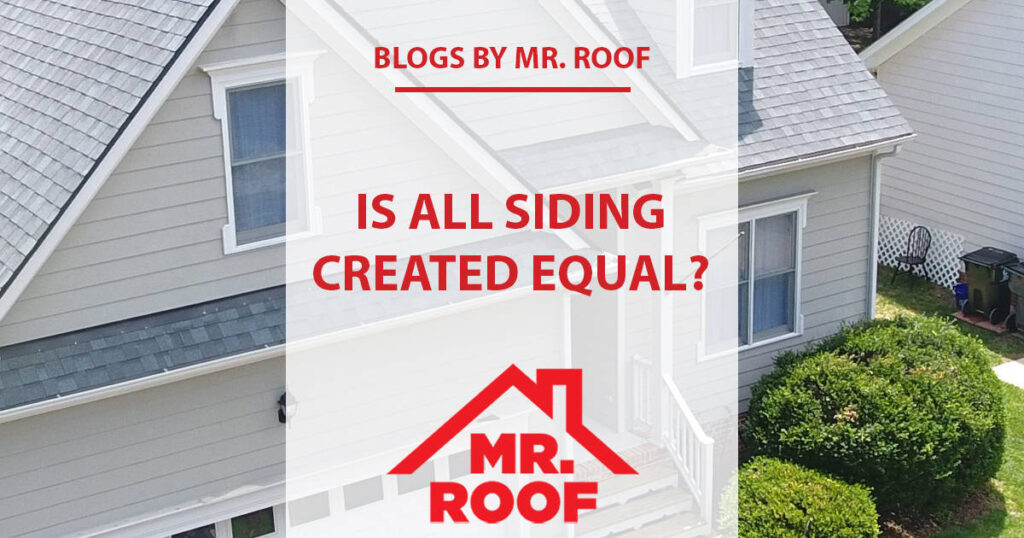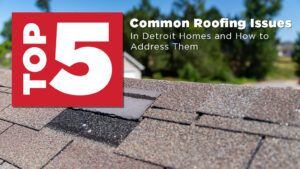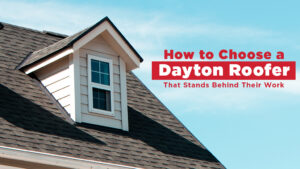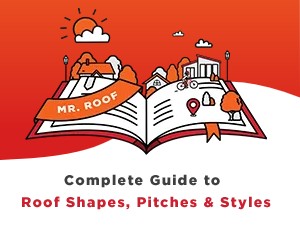When your house’s siding starts to warp, crack, and rot, it’s time to replace it with new material. Choosing which kind of siding can be a little complicated, because there are several types of siding, and they each offer benefits and disadvantages.
The type of siding you choose depends on your budget, aesthetic, and the effort you’re willing to put into maintenance. Popular choices include stucco, vinyl, fiber cement, and wood.
Stucco
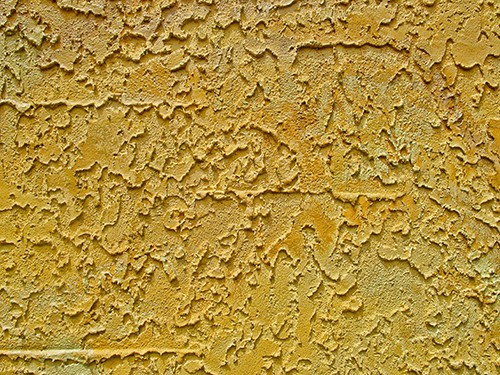 Stucco siding consists of cement, water, and sand. When mixed together, the result is a rock-like consistency. Depending on how you apply and finish it, stucco can be rough or smooth. Technicians usually place a metal framework on the walls before applying it, so it adheres well.
Stucco siding consists of cement, water, and sand. When mixed together, the result is a rock-like consistency. Depending on how you apply and finish it, stucco can be rough or smooth. Technicians usually place a metal framework on the walls before applying it, so it adheres well.
The advantages of stucco siding are its affordability, versatility, and durability. Stucco is one of the most inexpensive siding materials and can last up to 50 years before needing a replacement. Stucco can come in a range of colors. It’s also fire-resistant and a good material for insulation.
Its main disadvantage is that it doesn’t perform well in rainy climates. When stucco becomes oversaturated, it won’t work as effectively. Newer, stable homes are better options for stucco because it’s prone to cracking over time, especially with earthquakes. Older homes may experience shifts in the foundation, which can negatively affect stucco siding.
Vinyl
 Vinyl is another popular material used for siding, and it’s affordable and durable. Vinyl lasts for about 30 to 40 years and doesn’t require heavy maintenance. Soap and water will easily clean vinyl siding.
Vinyl is another popular material used for siding, and it’s affordable and durable. Vinyl lasts for about 30 to 40 years and doesn’t require heavy maintenance. Soap and water will easily clean vinyl siding.
However, vinyl siding can crack easily, and it is flammable. If vinyl siding needs replacing, the whole section must be removed.
Fiber Cement
Fiber cement is a blend of sand, cellulose, and cement. It looks like real wood, but it’s fire and insect-proof. It can also be water-resistant. Fiber cement siding is similar in cost to vinyl. If it is factory-painted, it holds color well and doesn’t need refinishing for years.
There are some disadvantages with fiber cement. The siding is heavy, making it difficult to install. Although it’s a similar cost to vinyl, it’s slightly more expensive.
Wood
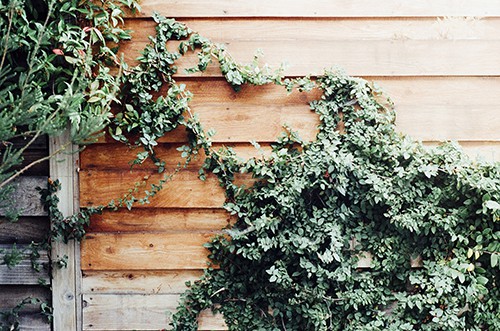 Wood siding is popular for its natural and organic look. It’s the eco-friendliest of the other choices and has a timeless appeal. Homeowners can choose from redwood, cedar, pine, and fir. It’s lightweight and easy to install as well. For those who want to change the color and finish, you can easily stain and paint wood siding.
Wood siding is popular for its natural and organic look. It’s the eco-friendliest of the other choices and has a timeless appeal. Homeowners can choose from redwood, cedar, pine, and fir. It’s lightweight and easy to install as well. For those who want to change the color and finish, you can easily stain and paint wood siding.
Although wood is a nice choice for siding, it requires more maintenance than other options. It needs regular repainting every four to five years and re-staining every two to three years. Additionally, it is not resistant to fire, water, or insects, making it easily susceptible to damage.
Engineered wood is like wood siding but is more durable. It is also light and easy to install. Engineered wood siding can be factory painted, so the color will last longer than regular wood and it only needs repainting every five to 10 years. It’s made with less wood and a resin infusion makes it insect-proof. It still needs regular maintenance to avoid moisture-related issues.
Choosing which siding to use on homes isn’t an easy choice, but if you understand the type of house you have and what your budget is, Mr. Roof can help you make the decision about what is best for your home.



